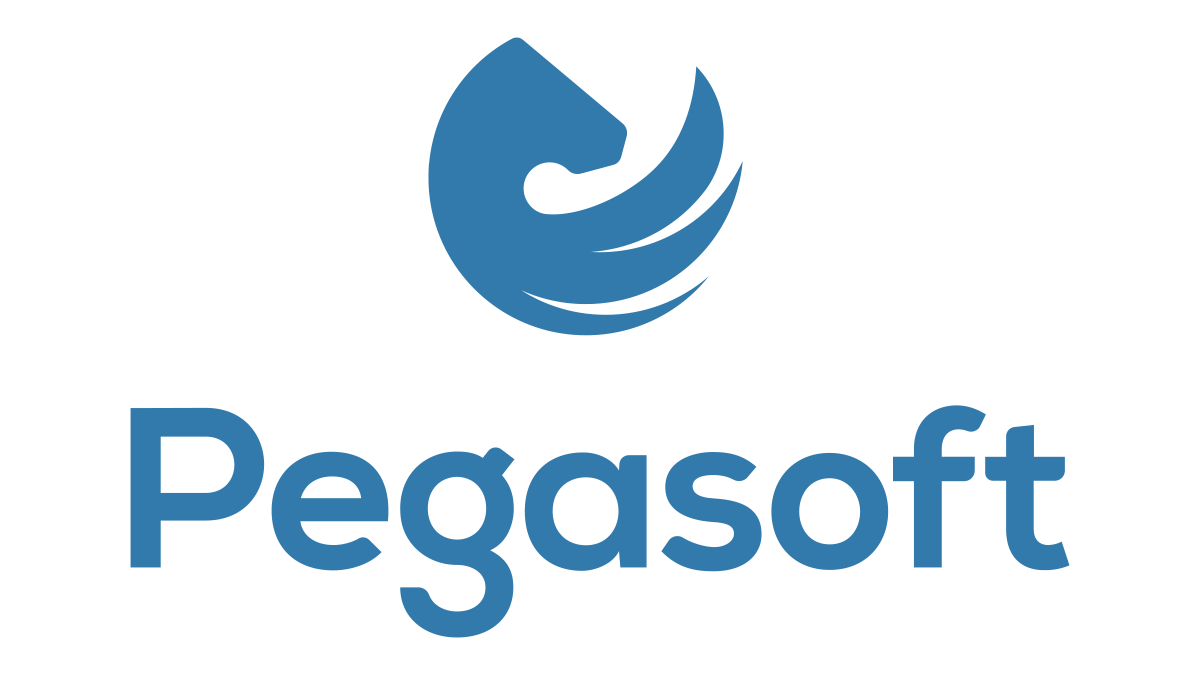Innovating and focusing on the patient experience: two key objectives for modern healthcare organisations.
The patient experience is a key element in the success of modern healthcare organisations. In an era of digitalisation and technological advancement, healthcare companies must set new goals to stay ahead of the curve and meet the needs of patients in an ever-changing environment.
Focusing on the patient experience is one way to differentiate and innovate in the industry.
The patient experience in healthcare
We live in an age where people manage many aspects of their lives through technology and mobile devices. These ‘digital people‘ are actively looking for their own solutions and choosing companies that offer personalised, fast and efficient services in all areas.
The healthcare sector is no exception, and a large proportion of patients have very high expectations of the facilities they turn to, with standards becoming increasingly high.
In addition to keeping abreast of technological developments in the industry and creating a digital ecosystem that can improve services, healthcare companies need to provide an excellent patient experience to compete with their competitors and demonstrate that they care about their interests. Every detail that defines service quality can make a difference and add value in an ever-changing digital world.
What does the modern patient want?
Until recently, patients tended to choose a facility that offered good value for money, mainly based on proximity. Today, patients are used to getting most of the services they need easily and have higher expectations, including patient-centred care, access to services and information through digital channels, speed of response and the ability to monitor information about them. Many of them, not just the younger ones, are influenced by these factors when choosing a specialist or medical centre to entrust their health to.
According to a Salesforce Research study on digital buying trends, 80 per cent of customers believe that the experience is as important as the quality of the service they receive. The same study found that 52 per cent of people expect personalised attention and 66 per cent want the service provider they use to understand their needs.
In other words, today’s patients are increasingly digital, driving innovation in the sector and expecting a new type of care that includes the patient experience as an integral part of the service itself. Medical centres that offer patient-centric technologies and a high-quality digital healthcare experience can position themselves much better than their competitors, with the ability to attract more potential patients while increasing the loyalty of existing patients.
The Salesforce Research study also found that 75 per cent of people expect a well-structured omnichannel experience (mobile, apps, social media, messaging, etc.) and 73 per cent are willing to find another option if their supplier fails to meet their expectations.
What are the characteristics of the modern patient?
The following key points summarise the main expectations of today’s patient from their healthcare provider:
- The need to be understood.
- Expect a personalised pathway at all stages of the health journey.
- Using agile and accessible technology and digital solutions to simplify the experience.
- To be actively involved in one’s own care pathway.
- Transparency and information sharing.
According to research carried out by the Temkin Group on the buying behaviour of consumers in the service sector, 86 per cent of consumers are willing to pay more for a better experience.
It is therefore no surprise that medical centres are increasingly investing in improving the patient experience. It is no longer just about adapting to the digital world, but about differentiating themselves and becoming an innovative benchmark in their field.
How to improve the patient experience?
To improve the patient experience, the healthcare sector often focuses on the practical aspects of healthcare, such as the careful selection of staff, the availability of comfortable facilities and the ease of access to services. From first contact to final follow-up, every interaction is an opportunity to build trust with the patient and provide a personalised service.
While these are important factors, the best results in improving patient care are achieved through digital innovation. The main benefits of digitalisation in healthcare include
- Simplified access to services (e.g. online bookings, virtual check-in and waiting rooms, digital payments, video consultations, etc.), available anytime, anywhere.
- A reduction in paperwork and operational tasks thanks to virtual assistance.
- Reduce human error through process automation.
- Transparency and sharing of information (e.g. clinical reports and health records).
Most patients expect to be able to access these services through their own devices, including mobile devices. It is therefore important to have a good technological infrastructure to make services available through the development of a healthcare app. This tool has proven to be very useful in managing the patient pathway, as it centralises information exchange and decentralises operational work. It also improves the patient experience and makes it more satisfying. In fact, the use of an app makes it possible to simplify procedures, customise the care pathway and speed up access to services.
Finally, the use of an app can have a positive impact on the patient’s perception of the facility itself and reinforce the corporate brand: a satisfied patient will be more likely to promote the service to his or her network of friends and acquaintances.
Conclusions
To remain competitive, it is now essential to invest in tools that ensure efficiency and enable the delivery of high quality services at all stages of the patient journey. The more seamless the services and the more in line with patient expectations, the greater the chances of a satisfying experience and growing healthcare business.
The most innovative healthcare companies have long since begun to invest in digitalisation and brand reputation, with the aim of capturing the right demand at the right time and sometimes anticipating trends in the healthcare market.


